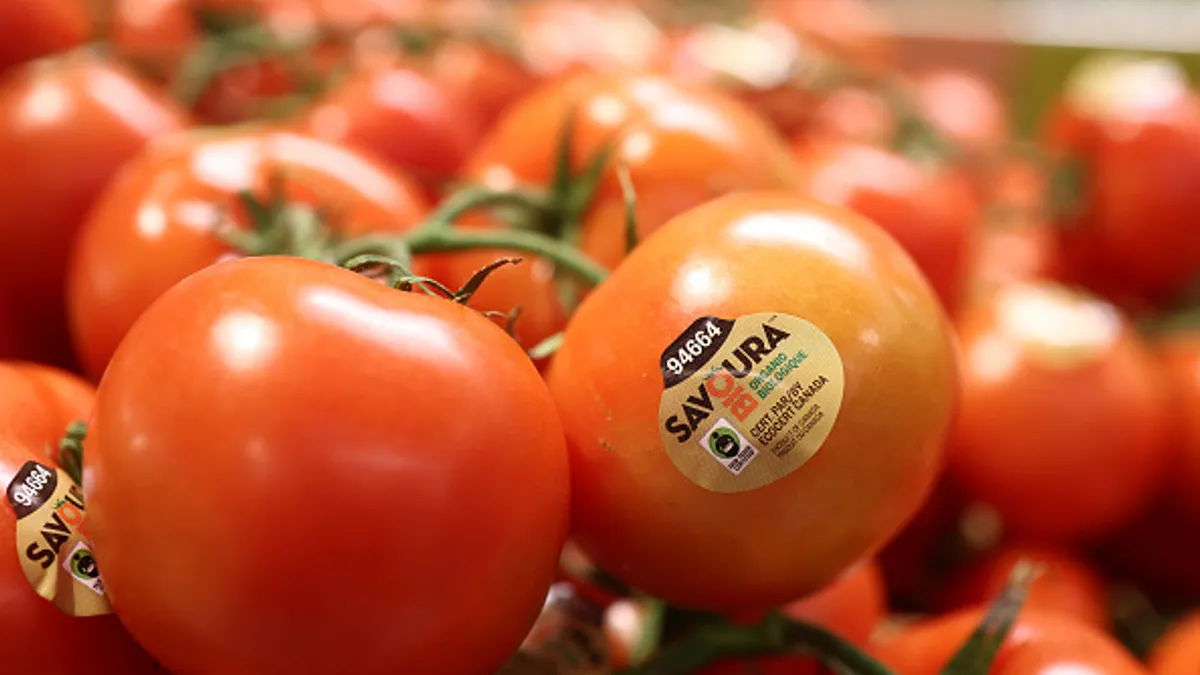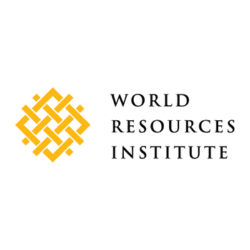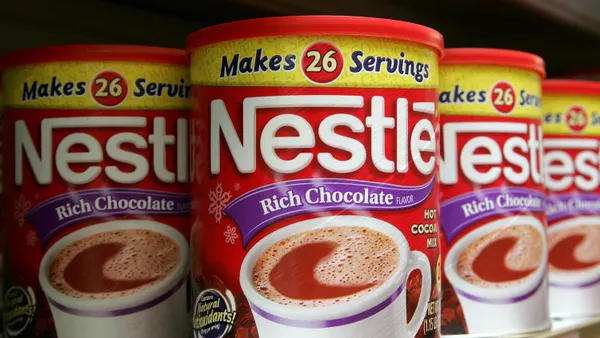President Donald Trump’s tariffs against Canada, Mexico, and China triggered backlash after they landed on Saturday.
Using powers from the International Emergency Economic Powers Act, Trump announced a 25% tariff on imports from Canada (except for a 10% tariff on energy resources) and Mexico, as well as a 10% tariff on imports from China, stating that they would remain in effect until the flow of illegal immigration and drugs such as Fentanyl into the U.S. is stopped, according to a White House statement.
A fast-paced chain of events ensued: Canada quickly retaliated, announcing its own tariffs on U.S. goods only to press pause Monday afternoon. Trump agreed to pause tariffs on Mexico and Canada for 30 days after they agreed to strengthen borders. The news rattled markets, raised questions for consumers uncertain of the impact of the tariffs on their households, and left C-suites scrambling to put in place the contingency plans many have ready to go.
Even with that scenario planning, the cost and pain of the tariffs will likely be broader than that felt by the tariffs imposed by Trump on China during his first term in office, according to Alex Durante, an economist at the Tax Foundation, a right-leaning think tank. “Because such a wide variety of goods are being targeted by the tariffs against Canada and Mexico, the fallout could be larger and the costs will be more than we saw from the China trade war,” Durante said.
That’s in part because the sweeping tariffs target both finished and intermediate goods used to make other products, leaving financial executives with less wiggle room to offset tariffs than they had as a result of Trump’s previous tariffs on China. The tariffs during his first term targeted mostly intermediate goods like steel and aluminum, which executives could purchase or find substitutes elsewhere, Durante said.
There’s less ability for companies to make adjustments when it comes to purchasing agricultural goods like strawberries from Mexico during the winter, and as such, executives in such cases will be raising the price of their goods to fully offset the tariffs, he said. “The full price of the tariffs is just going to be fed through to the prices,” Durante said. “Basically, from the north and the south, consumers are going to be the ones taking the hit.”
A chorus of other major economic players also sounded the alarm about the tariff’s potentially negative repercussions for both consumers and business.
In a JPMorgan report Monday analysts led by Bruce Kasman called the tariff announcement “a sharp shift in the US’s position toward the global trading order.” The analysts also asserted that their modeling estimated that the size of the tariff hike was big enough to push Mexican and Canadian economies into a recession if the policies are kept in place for six months. Separately, JPMorgan’s Michael Feroli wrote on Sunday that he was holding off from making changes to their forecast even as the risk to the U.S. economic outlook “escalated materially” over the weekend as goods imports from the three countries totaled just under $1.4 trillion.
“Qualitatively tariffs should push up prices and depress growth. Even the president appeared to acknowledge this, writing this morning “WILL THERE BE SOME PAIN? YES, MAYBE (AND MAYBE NOT!),” Feroli wrote, noting that the adverse growth and inflation effects will depend on how long they persist and what retaliatory measures are taken by trading partners. At the same time, he said, “even if tariffs are called off tomorrow, the increase in policy uncertainty will be hard to put back in the bottle.”
Meanwhile, in a short statement, the U.S. Chamber of Commerce on Saturday went on the offensive against the tariffs. "The President is right to focus on major problems like our broken border and the scourge of fentanyl, but the imposition of tariffs under IEEPA is unprecedented, won’t solve these problems, and will only raise prices for American families and upend supply chains,” the release states. “The Chamber will consult with our members, including main street businesses across the country impacted by this move, to determine next steps to prevent economic harm to Americans.”
Editor’s note: This story has been updated to show Trump paused tariffs on Canada.















